 Earthquakes, volcanic eruptions, tsunamis and landslides are some of the additional catastrophes that climate change and its rising sea levels and melting glaciers could bring, a geologist says.The impact of human-induced global warming on Earth's ice and oceans is already noticeable: Greenland's glaciers are melting at an increasing rate, and sea level rose by a little more than half a foot (0.17 meters) globally in the 20th century, according to the Intergovernmental Panel on Climate Change.With these trends in ice cover and sea level only expected to continue and likely worsen if atmospheric carbon dioxide levels continue to rise, they could alter the stresses and forces fighting for balance in the ground under our feet-changes that are well-documented in studies of past climate change, but which are just beginning to be studied as possible consequences of the current state of global warming."Although they've described it in the past, nobody's thought about it in terms of future effects of climate change,"said Bill McGuire of the University College London's Hazard Research Center.
Earthquakes, volcanic eruptions, tsunamis and landslides are some of the additional catastrophes that climate change and its rising sea levels and melting glaciers could bring, a geologist says.The impact of human-induced global warming on Earth's ice and oceans is already noticeable: Greenland's glaciers are melting at an increasing rate, and sea level rose by a little more than half a foot (0.17 meters) globally in the 20th century, according to the Intergovernmental Panel on Climate Change.With these trends in ice cover and sea level only expected to continue and likely worsen if atmospheric carbon dioxide levels continue to rise, they could alter the stresses and forces fighting for balance in the ground under our feet-changes that are well-documented in studies of past climate change, but which are just beginning to be studied as possible consequences of the current state of global warming."Although they've described it in the past, nobody's thought about it in terms of future effects of climate change,"said Bill McGuire of the University College London's Hazard Research Center.McGuire's speculations of increased geological activity have not yet been published in a journal, but he has written an article about them published in the Guardian Unlimited.
Rebounding crust
One particular feature that can change the balance of forces in Earth's crust is ice, in the form of glaciers and ice sheets that cover much of the area around Earth's poles plus mountains at all latitudes. The weight of ice depresses the crust on which it sits.As the ice melts, the crust below no longer has anything sitting on top of it, and so can rebound fairly rapidly (by geological standards). (This rebounding is actually occurring now as a result of the end of the last Ice Age: The retreat of massive ice sheets from the northern United States and Canada has allowed the crust in these areas to bounce back.)Areas of rebounding crust could change the stresses acting on earthquake faults and volcanoes in the crust."In places like Iceland, for example, where you have the Eyjafjallajökull ice sheet, which wouldn't survive [global warming], and you've got lots of volcanoes under that, the unloading effect can trigger eruptions," McGuire said.With the changing dynamics in the crust, faults could also be destabilized, which could bring a whole host of other problems."It's not just the volcanoes. Obviously if you load and unload active faults, then you're liable to trigger earthquakes," McGuire told LiveScience, noting that there is ample evidence for this association in past climate change events."At the end of the last Ice Age, there was a great increase in seismicity along the margins of the ice sheets in Scandinavia and places like this, and that triggered these huge submarine landsides which generated tsunamis," McGuire said. "So you've got the whole range of geological hazards there that can result from if we see this big catastrophic melting."Roland Burgmann, a geologist at the University of California, Berkeley, agrees that changes in ice cover can have significant effects on the underlying crust,but says that more research needs to be done to determine the actual scale of the threat and where the effects are most likely to occur.
To read more go to:
http://news.yahoo.com/s/livescience/20070830/sc_livescience/globalwarmingmightspurearthquakesandvolcanoes
As in the days of Noah...

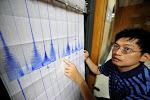
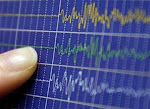
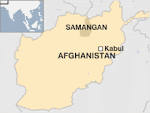






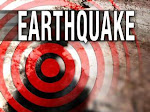
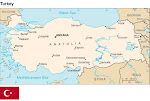
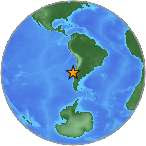




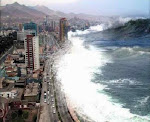

.jpg)


.bmp)
No comments:
Post a Comment